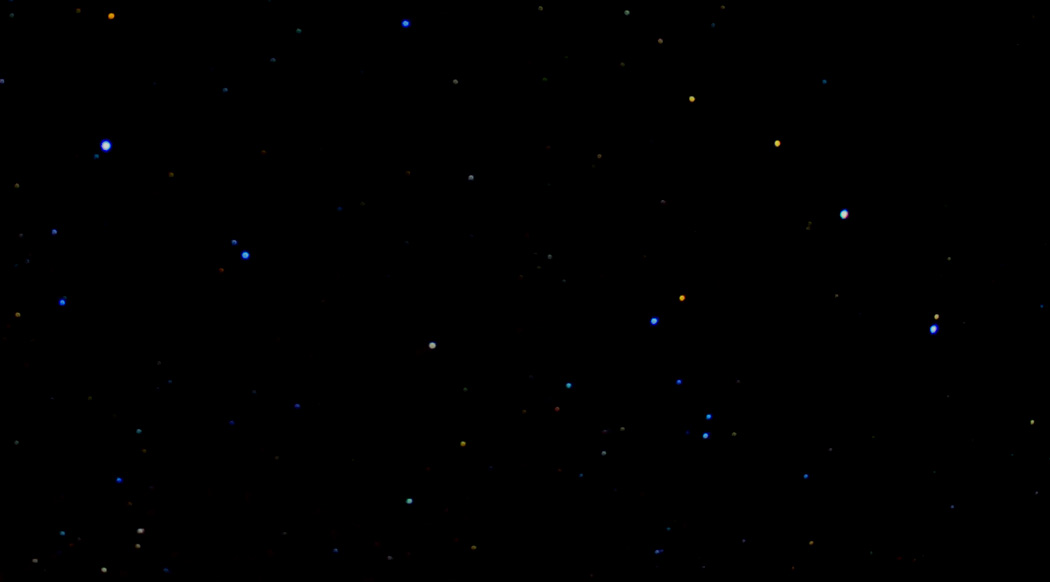Little Dipper
Ursa Minor, better known as the Little Dipper, is often difficult to see in the sky despite its being circumpolar, because it is composed of mostly faint stars. The only one bright enough to be easily found due to its obvious location is Polaris, the North Star. Polaris currently lies quite close to the point on the great circle traced out by the Earth's axis as it wobbles once around every 26,000 years. Polaris is a multiple system, consisting of 3 stars orbiting each other and a more distant binary system orbiting the ternary group. Polaris A, the star responsible for most of the light reaching Earth, is a giant, 30 times the size of our sun and more than 2,000 times as bright. But due to its distance of 430 light years, it shines in our skies at a visual magnitude of 2. Polaris A is also a Cepheid variable, one of those distance candles that are so helpful in determining how far away are the galaxies in our part of the universe.
 |